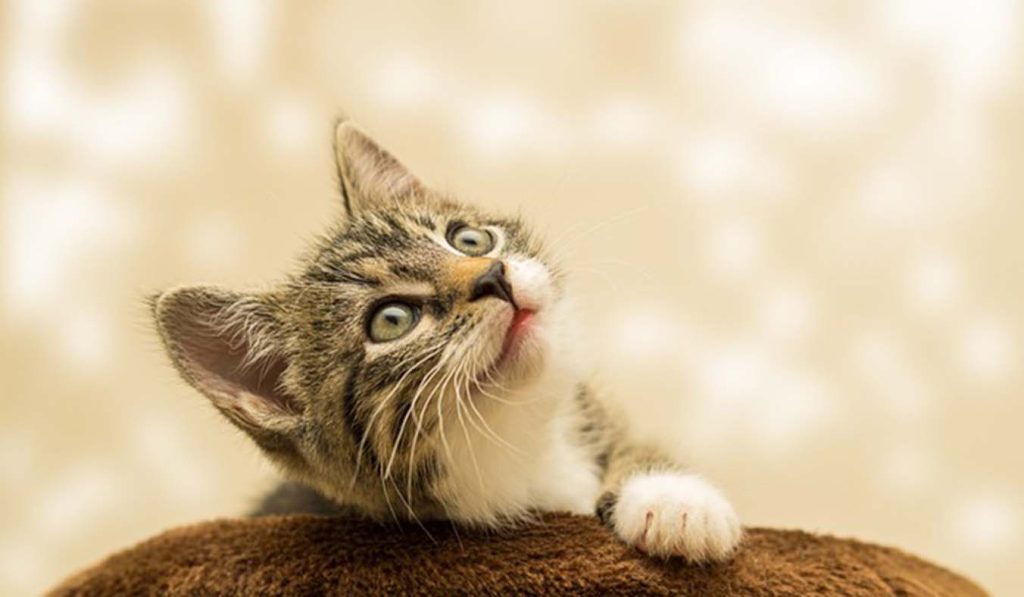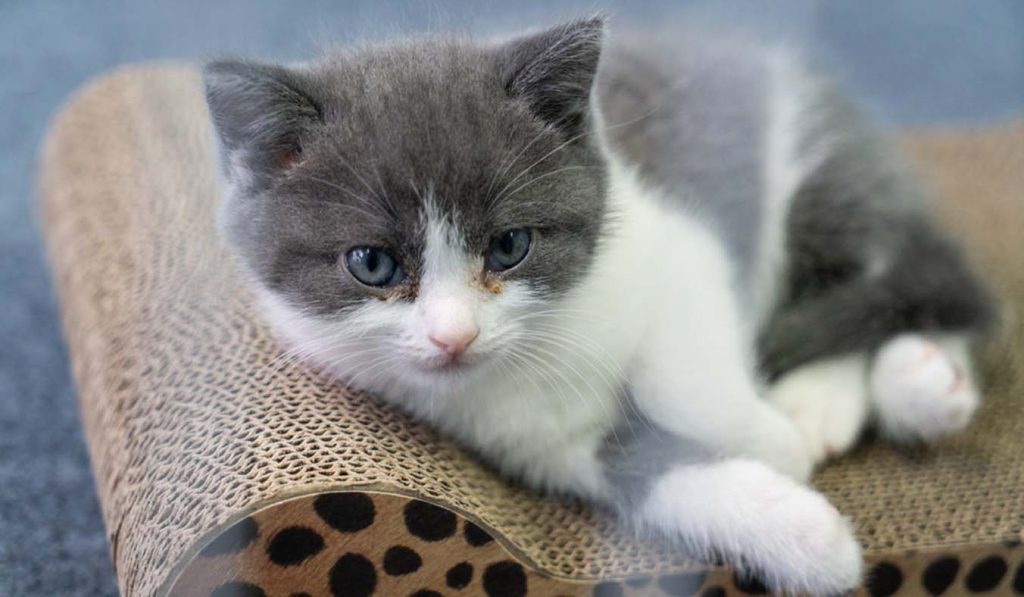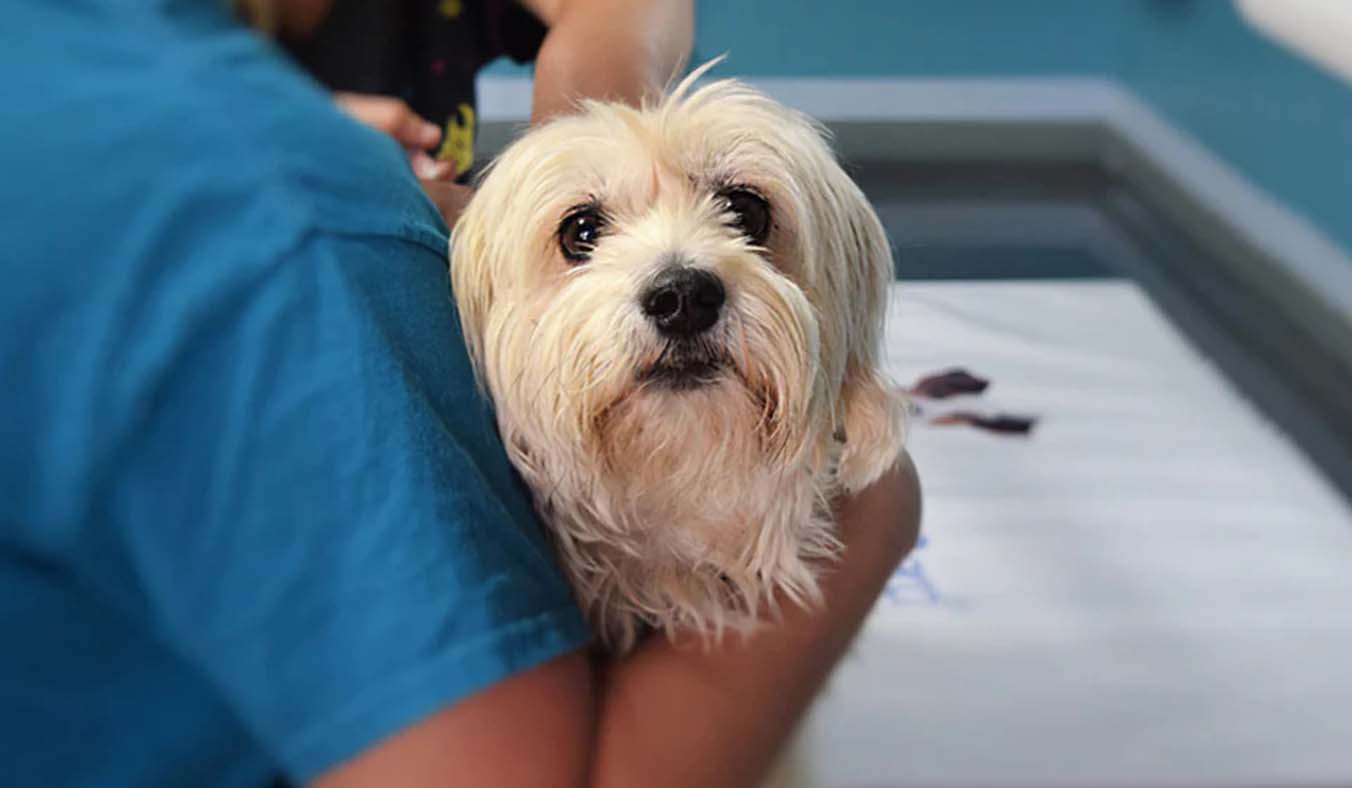Cats are known for their agile movements and graceful demeanor, but accidents and injuries can still occur, particularly involving their delicate tails. As a responsible pet owner, it’s essential to be aware of common tail injuries and how to detect them early to ensure your cat’s tail remains safe and healthy. We explore five common tail injuries and how to identify them:
1. Tail Fracture or Dislocation:
A tail fracture or dislocation can be a painful and distressing experience for your feline friend, often resulting from unfortunate accidents or traumatic incidents. These can range from being caught in a closing door to experiencing the crushing weight of a misstep from a human or another pet. It’s crucial for cat owners to recognize the subtle yet telling signs of such injuries to ensure prompt veterinary attention and appropriate care.
Recognizing the Signs:
- Swelling and Bruising: One of the most apparent indicators of a tail fracture or dislocation is swelling around the affected area. Keep a watchful eye for any unusual bulges or changes in the tail’s shape, accompanied by discoloration or bruising.
- Limping or Difficulty Moving: Cats are remarkably agile creatures, so any sudden change in their mobility is cause for concern. If you notice your cat limping or showing reluctance to move, particularly involving their tail, it could be a sign of an underlying injury.
- Unusual Tail Position: A fractured or dislocated tail may hang at an unusual angle or appear stiff and immobile. Pay attention to any changes in your cat’s tail posture, as this can provide valuable clues about their condition.
Taking Action:
If you suspect your cat has suffered a tail fracture or dislocation, it’s imperative to act swiftly and decisively to ensure their well-being:
- Seek Veterinary Care Immediately: Time is of the essence when it comes to treating tail injuries. Contact your veterinarian without delay to schedule an urgent appointment for a thorough examination and diagnosis.
- Handle With Care: In the meantime, handle your cat with gentle care, avoiding any unnecessary manipulation or pressure on their tail. Keep them calm and comfortable while awaiting professional medical attention.
- Follow Treatment Recommendations: Depending on the severity of the injury, treatment options may vary, ranging from pain management and rest to surgical intervention. Follow your veterinarian’s recommendations closely to provide the best possible care for your cat’s recovery.
By remaining vigilant and responsive to your cat’s needs, you can play a crucial role in ensuring their swift recovery from a tail fracture or dislocation. Remember, your proactive actions can make all the difference in safeguarding your feline companion’s health and happiness.
2. Bite Wounds:
Bite wounds can be a distressing ordeal for both cats and their concerned owners, often arising from confrontations with other animals or unfortunate encounters with predators. These wounds, though seemingly small, can harbor significant risks if left untreated, making it essential for cat owners to recognize the telltale signs and take prompt action to ensure their feline friend’s well-being.
Recognizing the Signs:
- Puncture Marks: Bite wounds typically leave behind distinctive puncture marks on the skin, varying in size and depth depending on the severity of the injury. These marks may appear as small, round indentations or larger, irregular tears in the skin.
- Swelling and Redness: Inflammation and redness around the site of the wound are common indicators of an underlying bite injury. Keep an eye out for any noticeable changes in the appearance or texture of your cat’s tail, as these can signal the presence of an infection.
- Discharge: The presence of discharge, such as pus or blood, is a concerning sign that the wound may be infected. Keep the wound clean and observe for any abnormal or foul-smelling discharge, as this may warrant immediate veterinary attention.
Taking Action:
If you suspect your cat has sustained a bite wound, it’s crucial to take swift and decisive action to prevent further complications:
- Thoroughly Clean the Wound: Using a gentle antiseptic solution or saline solution, carefully clean the wound to remove any debris or bacteria. Be sure to avoid harsh chemicals or products that may cause further irritation.
- Consult with Your Veterinarian: Even seemingly minor bite wounds can quickly escalate into serious infections if left untreated. Contact your veterinarian promptly to schedule an examination and discuss appropriate treatment options.
- Monitor for Signs of Infection: Keep a close watch on the wound site for any signs of infection, such as increased swelling, redness, or discharge. If you notice any concerning symptoms, contact your veterinarian immediately for further guidance.
By remaining vigilant and proactive in addressing bite wounds, you can help ensure your cat receives the necessary care and support for a speedy recovery. Remember, prompt intervention is key to preventing complications and safeguarding your feline companion’s health and well-being.
3. Self-Mutilation:

Self-mutilation, though distressing to witness, is a behavior that some cats may exhibit as a means of coping with stress, anxiety, or underlying medical issues. This compulsive behavior can manifest in various forms, including excessive grooming or chewing on their tails, leading to potential injury and discomfort. Recognizing the signs of self-mutilation and addressing the underlying causes are crucial steps in ensuring your cat’s well-being and preventing further harm.
Recognizing the Signs:
- Hair Loss: One of the most noticeable signs of self-mutilation is hair loss in the affected area, particularly on the tail where the behavior is focused. Keep an eye out for patches of bare skin or thinning fur, as these may indicate ongoing grooming or chewing behavior.
- Redness and Inflammation: Self-mutilation can lead to redness, inflammation, and irritation of the skin on the tail. This may be accompanied by signs of discomfort, such as frequent scratching or rubbing of the affected area.
- Open Sores or Wounds: In severe cases, self-mutilation may result in the formation of open sores or wounds on the tail. These lesions can be painful and prone to infection, requiring prompt attention and intervention to prevent further complications.
Taking Action:
If you suspect your cat is engaging in self-mutilation behavior, it’s essential to take proactive steps to address the underlying causes and prevent further harm:
- Identify Triggers: Determine the potential triggers for your cat’s stress or anxiety, such as changes in the environment, social conflicts with other pets, or medical conditions. Understanding the underlying factors contributing to the behavior is the first step in addressing it effectively.
- Provide Environmental Enrichment: Create a stimulating and comfortable environment for your cat, complete with opportunities for play, exploration, and relaxation. Interactive toys, scratching posts, and cozy hiding spots can help alleviate boredom and reduce stress.
- Consult with Your Veterinarian: Schedule a thorough examination with your veterinarian to rule out any underlying medical issues contributing to your cat’s self-mutilation behavior. Your veterinarian can also provide guidance on potential treatment options, such as behavior modification techniques or medication to manage anxiety.
- Implement Behavior Modification Strategies: Work with a professional animal behaviorist to develop a tailored behavior modification plan aimed at addressing your cat’s self-mutilation behavior. This may include desensitization exercises, positive reinforcement training, and environmental modifications to promote relaxation and reduce stress.
By addressing the underlying causes of self-mutilation and providing appropriate support and intervention, you can help your cat overcome this challenging behavior and enjoy a happier, healthier life. Remember to remain patient and compassionate throughout the process, as positive reinforcement and consistent management are key to success.
4. Infection and Inflammation:
Infections and inflammation of the tail pose significant concerns for cat owners, often arising as secondary complications to wounds, bites, or underlying medical conditions. These conditions can cause discomfort and distress for your feline friend, highlighting the importance of prompt recognition and intervention to ensure their health and well-being.
Recognizing the Signs:
- Redness and Swelling: Infections and inflammation typically manifest as redness and swelling around the tail area. Keep a vigilant eye for any noticeable changes in the skin’s color or texture, as well as any abnormal bulges or distortions.
- Discharge and Foul Odor: The presence of discharge, such as pus or blood, is a concerning sign of infection. Additionally, a foul odor emanating from the tail area may indicate bacterial growth and infection. Pay close attention to any unusual smells, as they may warrant further investigation.
- Pain and Discomfort: Cats may exhibit signs of discomfort or pain when the tail area is touched or manipulated. Watch for any signs of agitation or sensitivity, as these may indicate underlying inflammation or infection.
Taking Action:
If you suspect your cat is suffering from tail infection or inflammation, swift action is essential to prevent further complications:
- Seek Veterinary Attention: Contact your veterinarian promptly to schedule an examination and assessment of your cat’s tail condition. Your veterinarian will perform a thorough evaluation to determine the underlying cause of the infection or inflammation and prescribe appropriate treatment.
- Administer Medication as Directed: Depending on the diagnosis, your veterinarian may prescribe antibiotics to combat bacterial infection or anti-inflammatory medications to reduce swelling and discomfort. Follow your veterinarian’s instructions carefully and administer medication as directed to ensure effective treatment.
- Keep the Area Clean: Practice good hygiene by gently cleaning the affected area with a mild antiseptic solution or saline solution. This will help prevent further bacterial growth and promote healing.
- Monitor for Improvement: Keep a close watch on your cat’s tail condition and monitor for signs of improvement, such as reduced redness, swelling, and discharge. If you notice any worsening symptoms or lack of improvement, contact your veterinarian for further guidance.
By addressing tail infections and inflammation promptly and effectively, you can help alleviate your cat’s discomfort and promote a speedy recovery. Remember to provide supportive care and follow your veterinarian’s recommendations closely to ensure the best possible outcome for your feline companion.
5. Tail Nerve Damage:

Tail nerve damage represents a serious concern for cat owners, often stemming from traumatic incidents such as entrapment or forceful pulling. This debilitating condition can have profound implications for your feline companion’s mobility and well-being, underscoring the importance of vigilant observation and prompt veterinary intervention to mitigate further harm.
Recognizing the Signs:
- Paralysis or Weakness: One of the hallmark signs of tail nerve damage is paralysis or weakness of the tail. Your cat may struggle to move or control their tail, exhibiting a noticeable lack of coordination or responsiveness in the affected area.
- Loss of Tail Movement: Tail nerve damage can result in a significant loss of tail movement, depriving your cat of the ability to wag, twitch, or exhibit normal tail behaviors. Watch for any abnormalities in tail posture or function, as these may indicate underlying nerve dysfunction.
- Lack of Sensation: Cats with tail nerve damage may experience a diminished sense of sensation in the affected area, rendering them less responsive to touch or stimuli. Be observant of any changes in your cat’s reaction to tail manipulation or interaction, as these subtle cues may provide valuable insight into their condition.
Taking Action:
If you suspect your cat has suffered tail nerve damage, swift and decisive action is paramount to prevent further complications and assess the extent of the injury:
- Seek Veterinary Care Immediately: Contact your veterinarian without delay to schedule an urgent examination and evaluation of your cat’s tail condition. Time is of the essence when it comes to nerve damage, and early intervention is critical to maximizing the chances of recovery.
- Assess the Extent of the Injury: Your veterinarian will conduct a comprehensive assessment to determine the extent of the nerve damage and formulate an appropriate treatment plan. Diagnostic tests, such as X-rays or neurological evaluations, may be necessary to aid in diagnosis and prognosis.
- Follow Treatment Recommendations: Depending on the severity of the injury, treatment options may vary, ranging from supportive care and pain management to surgical intervention or rehabilitation therapy. Follow your veterinarian’s recommendations closely to provide the best possible care for your cat’s recovery.
- Provide Support and Comfort: During the recovery period, offer your cat plenty of comfort, reassurance, and supportive care to help alleviate their discomfort and promote healing. Keep them calm and confined to a quiet, stress-free environment to minimize further trauma to the tail area.
By taking proactive measures to address tail nerve damage and providing timely veterinary care, you can help mitigate further complications and support your cat’s journey toward recovery and restoration of mobility. Remember, your attentive care and advocacy are essential in ensuring the best possible outcome for your beloved feline companion.
Safeguarding your cat’s tail health is essential for their overall well-being and quality of life. By being vigilant and proactive in detecting and addressing common tail injuries, you can ensure that your feline friend remains safe, comfortable, and happy. If you suspect your cat has sustained a tail injury, always consult with your veterinarian for proper evaluation and treatment.



